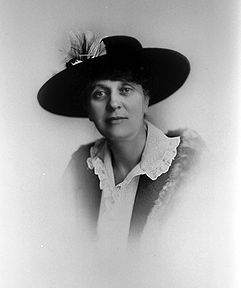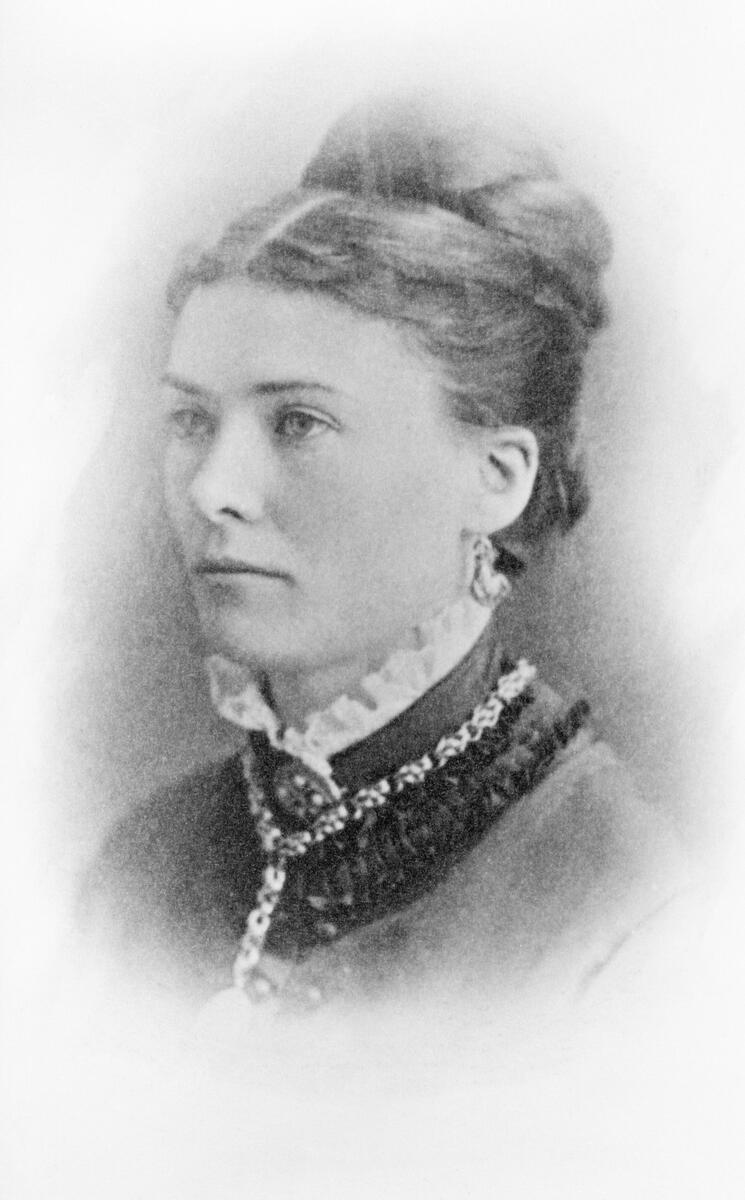Article
Marie Rollet
Marie Rollet, first Frenchwoman to settle in New France (born circa 1580 in Paris, France; died in May 1649 and buried 27 May 1649 in Quebec City, New France). She is recognized as the first female French farmer in New France, alongside her husband Louis Hébert.













